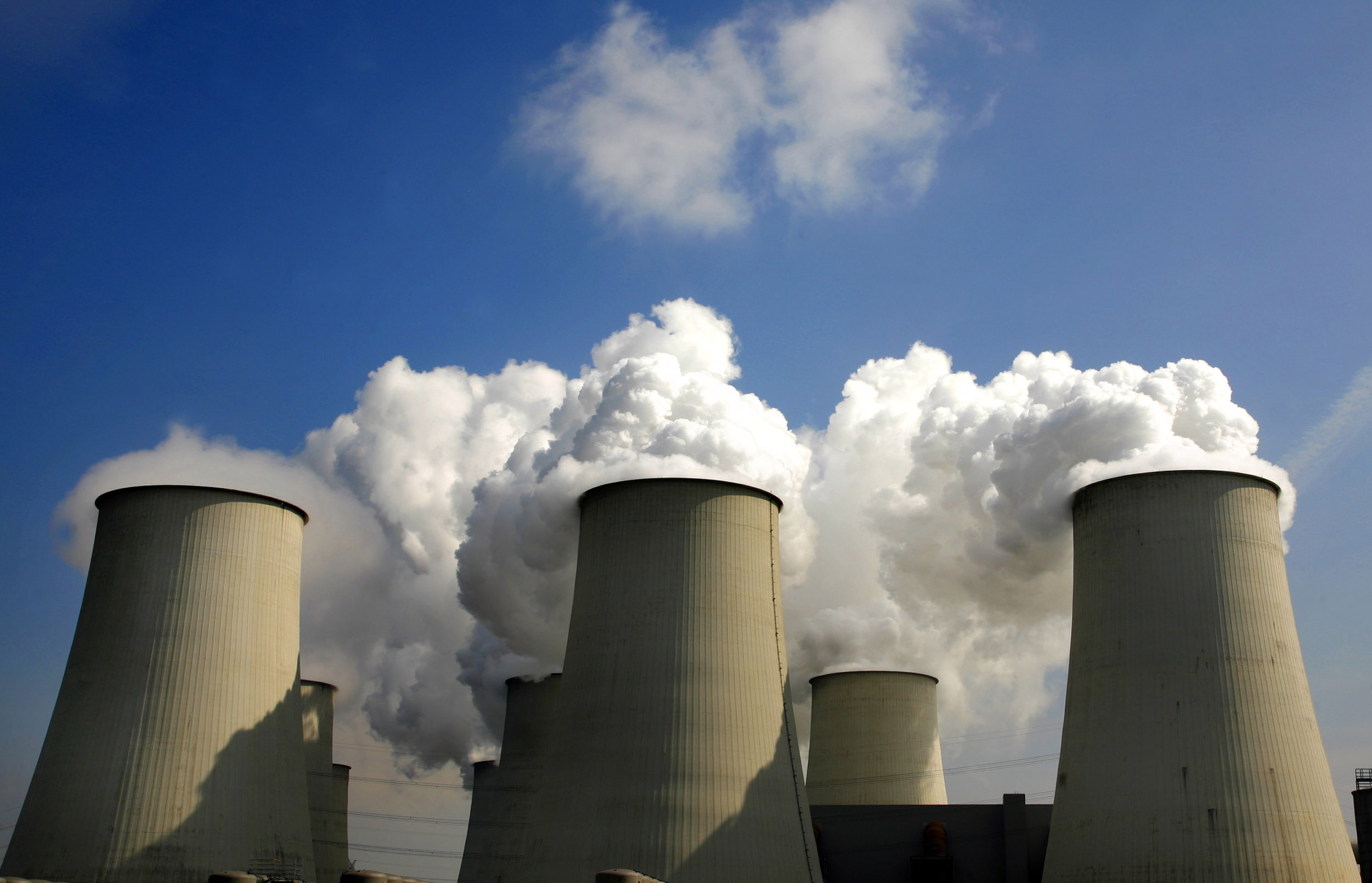
Energy balance sheet gives new climate clues

Three quarters of climate change is manmade, according to two Swiss scientists who have come up with a radically new way of modelling the climate.
The work by Professor Reto Knutti and doctoral student Markus Huber of the Institute for Atmospheric and Climate Science of the Federal Institute of Technology in Zurich is published in the latest edition of the journal Nature Geoscience.
Their method involves drawing up a balance sheet of the energy entering and leaving the Earth – and has produced results that largely tally with research using other models.
Until now, researchers have generally compared the so-called “fingerprints” of such things as carbon dioxide (CO2) or solar radiation with patterns of surface air temperature to determine whether warming is natural – for example the result of an increase in solar output – or manmade.
The patterns observed had led researchers to conclude that CO2, and thus human activity, is the cause of warming.
Balancing the books
But as Knutti explained to swissinfo.ch, this method doesn’t explain where the energy has come from, or where it goes to.
To determine human influence on the climate, Knutti and Huber drew up a global energy balance, which included the energy coming from the sun, that leaving the earth and the heat absorbed by the oceans.
“You could speak of an energy budget or energy accounting,” Knutti said. “Given the principle of the conservation of energy [i.e. that the total amount of energy remains constant over time], when you calculate the energy of System Earth, the books have to balance and the results must tally.”
He illustrated this by the example of boiling water in a pan. The temperature of the water can either be measured with a thermometer, or can be worked out arithmetically. For the latter, you have to subtract the energy given off by the pan from that produced by the hotplate.
“You end up with the energy available to heat the water. I can use this to calculate the water temperature.”
The system worked out by Knutti and Huber to calculate global energy flows requires models that are rather more complex than boiling a pan of water in the kitchen. But Knutti, at the age of 38, is one of the greatest experts in the world in this field.
Human influence
The global temperature has risen by 0.56 degrees Celsius since 1950. Without the cooling effect of atmospheric aerosols – particles, such as soot, suspended in the air – it is estimated that it would have risen by 0.85 degrees.
The new method of balancing incomings and outgoings confirms to a high degree of certainty that human activity has had a dominant influence – at least 74 per cent – on climate warming, Knutti said.
“Changes in solar activity, which are always being cited as an argument, only played a small part.”
He describes the results of his global energy balance sheet as “a large piece of the puzzle, that fits in very neatly, and completes the picture we had up to now of human influence on the climate”.
“Scientifically, the high degree of consistency in the picture of the amounts of energy coming in from outside and those taken up by the oceans, is enormously important.“
Sceptics
Despite his findings, Knutti is a realist. He knows they will not silence critics who deny that humans are responsible for most of the greenhouse gas effect.
“They refuse to be convinced by the data, like people who claim that man never landed on the moon.”
And he doesn’t believe his new method will have much impact either on the UN-sponsored Durban climate change conference, that runs until December 9, or on medium- or long-term discussion of the climate.
“The process of reaching a follow-up treaty to Kyoto [on reducing CO2 emissions] does not have a lot to do with science,” he said. Rather, it is a political discussion, focussing on who is going to implement what measures, and who is going to pay for it.
Climate warming and the need to set goals for the reduction of CO2 emissions is accepted by all countries.
“But how the problem is to be solved is a political, economic and social question,” said Knutti.
“Recognising a problem is by no means the same thing as finding a way to solve it. “
Figures from the UN’s World Meteorological Organization on November 21 showed that the three biggest greenhouse gases not only reached record levels in 2010 but were increasing at an ever-faster rate, despite efforts by many countries to reduce emissions.
The WMO found that total carbon dioxide levels in 2010 hit 389 parts per million (ppm), up from 280 in 1750, before the start of the Industrial Revolution.
Levels increased 1.5 ppm per year in the 1990s and 2.0 ppm per year in the first decade of this century, and are now rising at a rate of 2.3 ppm per year. The top two other greenhouse gases – methane and nitrous oxide –are also soaring.
The WMO cited fossil fuel-burning, loss of forests that absorb CO2 and use of fertiliser as the main culprits.
The findings were consistent with November figures from the US Department of Energy that global carbon dioxide emissions in 2010 jumped by the highest one-year amount ever.
On November 18, the UN Intergovernmental Panel on Climate Change issued a report into extreme weather linked to human-induced climate change. It said an increase in heat waves was almost certain (99-100%), while heavier rainfall, more floods, stronger cyclones, landslides and more intense droughts were likely (66-100%) across the globe this century as the Earth’s climate warms.
Sceptics have questioned the models the IPCC uses to make its climate predictions.
Knutti, 38, is a leading specialist in the area of complex modelling of the global climate.
He presented his doctoral thesis at Bern University, and did postdoctoral studies in the National Center for Atmospheric Research in Boulder, Colorado (US).
He has been professor of climate physics at the Institute for Atmospheric and Climate Science of the Federal Institute of Technology in Zurich since 2007.
His research interests focus on changes in the global climate system caused by the growing emissions of anthropogenic greenhouse gases like carbon dioxide.
The calculations by Knutti and Markus Huber confirm results obtained by previous approaches involving temperature measurements.
Knutti was one of the authors of the 2007 climate report issued by the UN Intergovernmental Panel on Climate Change (IPCC).
He will also participate in the next report, to be published in 2013.
(adapted from German by Julia Slater)

In compliance with the JTI standards
More: SWI swissinfo.ch certified by the Journalism Trust Initiative






























You can find an overview of ongoing debates with our journalists here . Please join us!
If you want to start a conversation about a topic raised in this article or want to report factual errors, email us at english@swissinfo.ch.